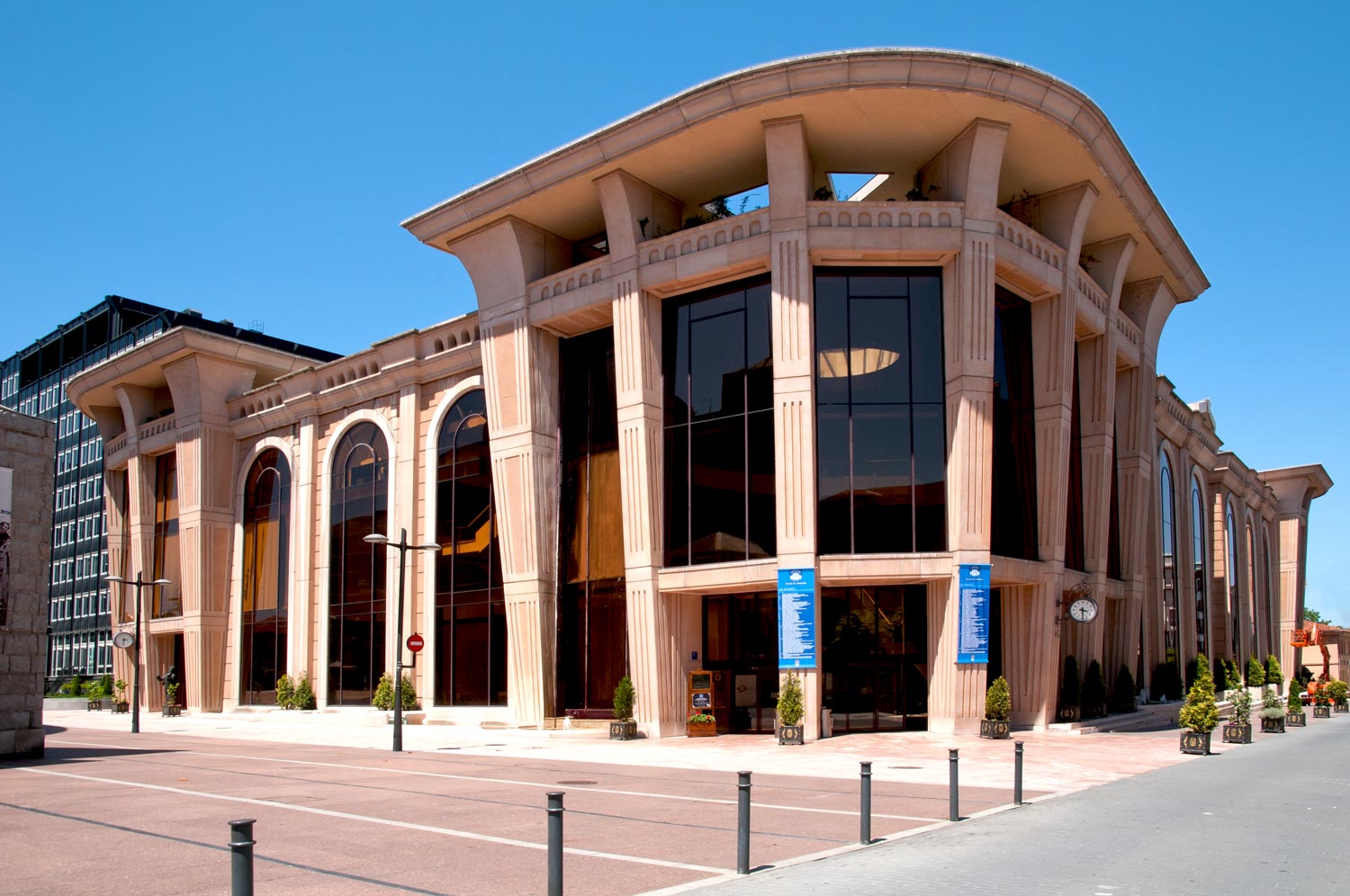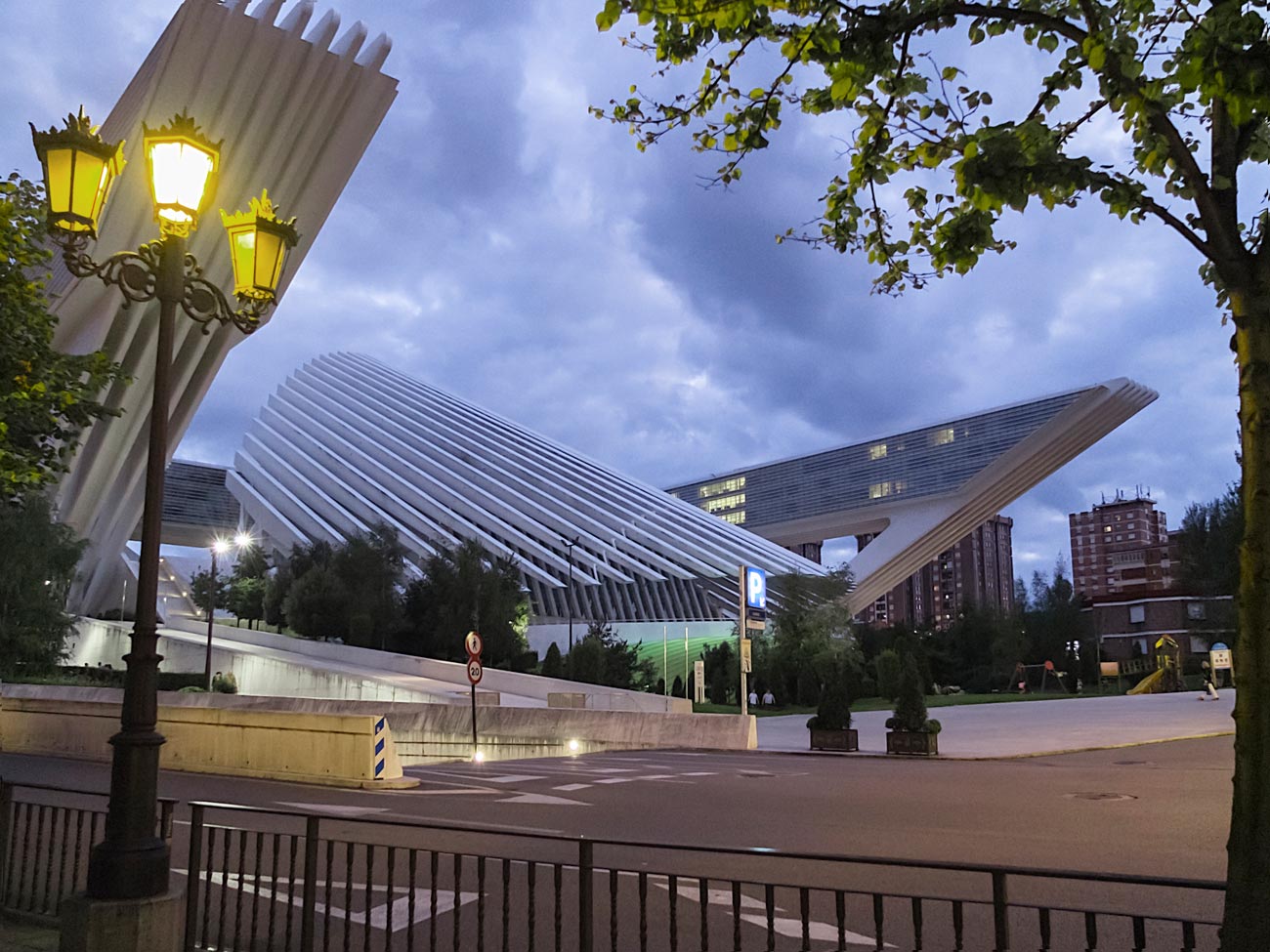An afternoon visiting museums
AN AFTERNOON VISITING MUSEUMS
You can spend the afternoon visiting museums in Oviedo. You might have already been to the Church Museum when you visited the Cathedral.
From the area of Santullano, return to the old quarter by making your way around Cruz Roja square along Martínez Vigil Street. You will pass the former Fábrica de Armas de La Vega (La Vega Arms Factory), now in disuse and with an uncertain future. Above, on the left, look into Paraíso Street, where the unrestored wall still stands around its perimeter on the right and, on the left, you have the old Gas Factory and gas tank (which is not open to visitors).
Back to the starting point. On the right, take San Vicente Street; the first thing you will find is San Pelayo Convent.
Archaeological Museum
Continuing along San Vicente Street, you will come to what used to be the primitive monastery of the same name and is currently the Archaeological Museum www.museoarqueologicodeasturias.com, the oldest exhibition facility in Asturias. It opened in 1952 but has been a national monument since 1934. It underwent a major controversial renovation project at the beginning of this century that has, however, enabled it to provide a new and modern layout that is attractive to any type of audience of any age Admission is free.
Sidron Cave and the Hill Fortresses (Castros)
The Archaeological Museum provides information on an exceptionally long historical period, from the Neolithic (about 4.500 years ago) to the Middle Ages and through the Roman occupation of Asturias in the times of Emperor Augustus. Given their importance and singularity, the following displays are particularly interesting: Sidrón Cave – the richest deposit in the world to study Neanderthal DNA – and the villages of the hill-fort culture.
The museum, to which admission is free, features authentic items, interesting recreations, and interactive scenes and reconstructions.
The cloister includes heraldic pieces, remains of previous constructions, and sarcophagi, among which we can mention the one belonging to Doña Gontrodo (from 1186), a concubine of King Alfonso VII and mother of Doña Urraca, queen of Navarre.
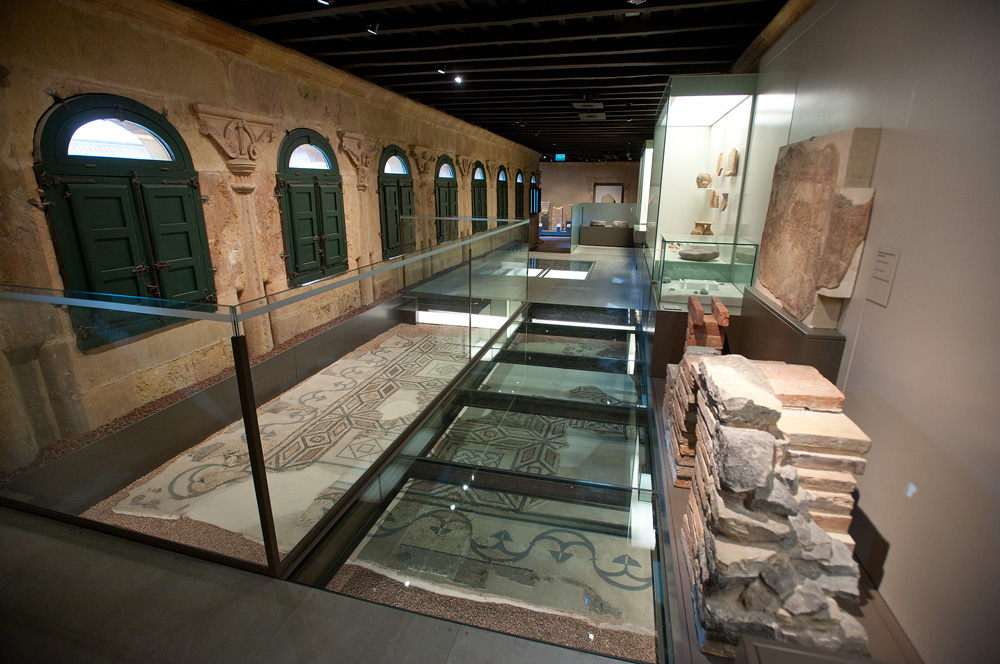
The Gregorian Chant of the Pelayas
The Convent of San Pelayo (sanpelayomonasterio.org) is a historic building inhabited by a Benedictine community whose enclosure does not prevent the nuns from being very popular in the city. Known as the “pelayas”, in addition to praying, they work and are renowned for their pastries and for preserving a major historical archive. The former university college has now become a hall of residence. The Pelayas are also known for the beauty of their Gregorian chant and for playing the zither; their Kalenda, on the afternoon of 24 December, fills the church with people who come to hear them sing the Christmas story.
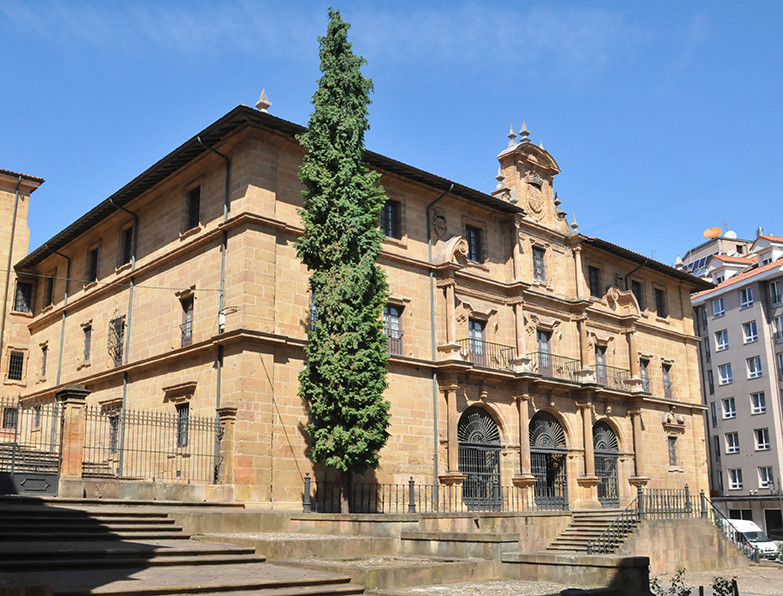
When you come out, follow San Vicente Street until you reach the Corrada del Obispo. On the left is the Casa del Dean Payarinos (from 1909, a mixture of eclecticism and modernism designed by Juan Miguel de la Guardia), that now houses the Conservatory of Music of Asturias. On the right, at the bottom of the square, the Archbishop's Palace; it is not open to visitors but if the doors are open you can look into the courtyard from where there is a unique view of the Cathedral spire. And remember, here were the palaces of the ancient kings of Oviedo. Cross the square diagonally, take a look at the façade of the cathedral's Puerta de la Limosna (Alms Door - it connects inside to the Cloister) and continue along Canoniga Street to the entrance to Santa Ana Street.
Here, they say, Oviedo was born
The Archaeological Museum occupies the site where the monastery of St. Vincent was located, related in ancient documents to the origin of the city of Oviedo founded in 761 by Maximo and Fromestano. The neighbouring Church of Santa Maria la Real de la Corte (1592) also belonged to the monastery. This church has traces of the Renaissance and the best baroque organ in Asturias. Concerts are performed on various occasions, including every Friday in November. For 30 years, the abbot of the monastery of St. Vincent was Father Feijóo, a key figure of the First Spanish Enlightenment who is considered to be the first philosopher to write in Spanish and the creator of the essay. The Archaeological Museum features a reproduction of his cell.
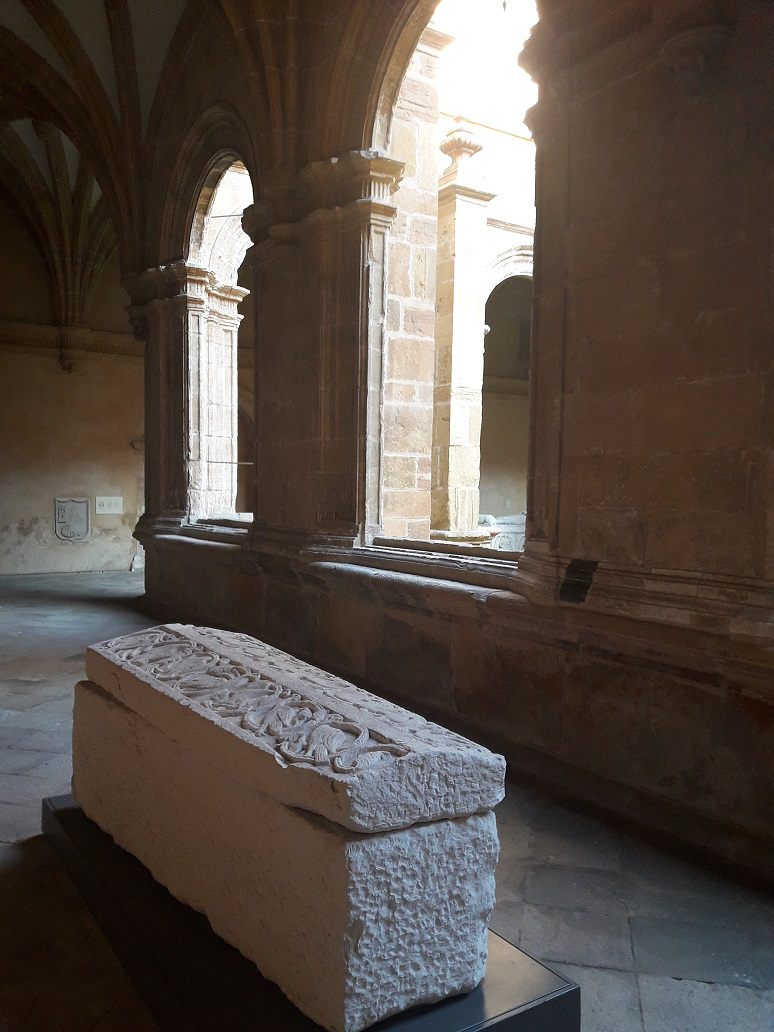
The Apostolate by El Greco
The Palace of Velarde (18th century) can be found in Santa Ana Street. It is one of the three connected buildings that host the Museum of Fine Arts of Asturias. It also faces the Cathedral Square and La Rúa Street.
The Museum (www.museobbaa.com)
owns one of the most important public art collections in Spain, with more than 15,000 works of art, including sculptures and, above all, painting by Asturian, Spanish and European artists from the middle ages to the present day. With works by Titian, Zurbarán, Juan Carreño Miranda, Rubens, Goya, Sorolla, Picasso, Miró, Tapies, Barceló… the Museum also houses one of the three apostolates by El Greco that can be seen in the world.
Admission is free and during the school holidays, the Museum provides an interesting "Art with the Family" activity in the afternoons.
Payment in Kind and Donations
In addition to the original collections and acquisitions of the Museum of Fine Arts of Asturias, a significant and outstanding part of its collections come from payments in kind in lieu of taxes (Grupo Arcelor), various other payments in kind (Pedro Masaveu Collection) or donations with usufruct, as is the case of the works in the Museum of Fine Arts from the Mexican-Asturian entrepreneurs Plácido Arango and Juan Antonio Pérez Simón.
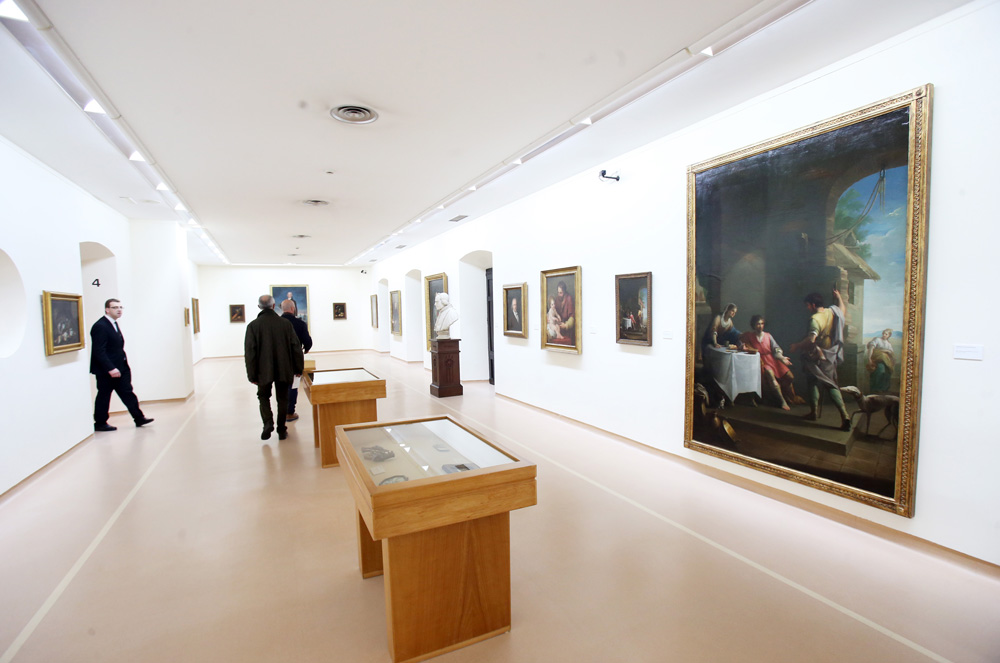
More Than Stones
To visit the fourth museum, make your way up to the Llamquique Campus, better along the right-hand side of Marqués de Santa Cruz Street, bordering Campo San Francisco Park, until you come to a series of buildings with interesting façades on the opposite side of the street.
The Museum of Geology is an exhibition centre that belongs to the University of Oviedo (www.museodegeologia.uniovi.es) and is located in the School of Geology where about a thousand samples (rocks, minerals and fossils) are exhibited for educational and informational purposes. Admission is free and it has about one thousand of the 32,000 items in its collection on display. It also has a Fluorescence Room and offers a virtual reality application that enables you to be photographed holding the Earth in your hands. The entrance to the Geology Museum, in the Geology School building, designed by Ignacio Alvarez Castelao, is surrounded by a Geological Garden which, among shrubs and trees – the most important is an araucaria - provides a tour of the geological periods based on large rocks from the Cantabrian Mountain Range and signs on the ground that show the Earth's eras on a scale.
Administrative Capital
The centre of the Llamquique complex consists of university and administrative buildings belonging to the Regional Government – including, among others, the so-called “smart building” – and to the judicial administration – with the Palace of Justice and some of the city’s courts. To cater for the administrative nature and capital status of Oviedo, LLamaquique has a railway station – the only underground station in Asturias – that registers 6,000 users every workday. The area also has a special bus service, with stops throughout the city to cater mainly for civil servants and students from the centre of Asturias who need to travel to Gijón and Avilés (www.paradascentrobus.es)
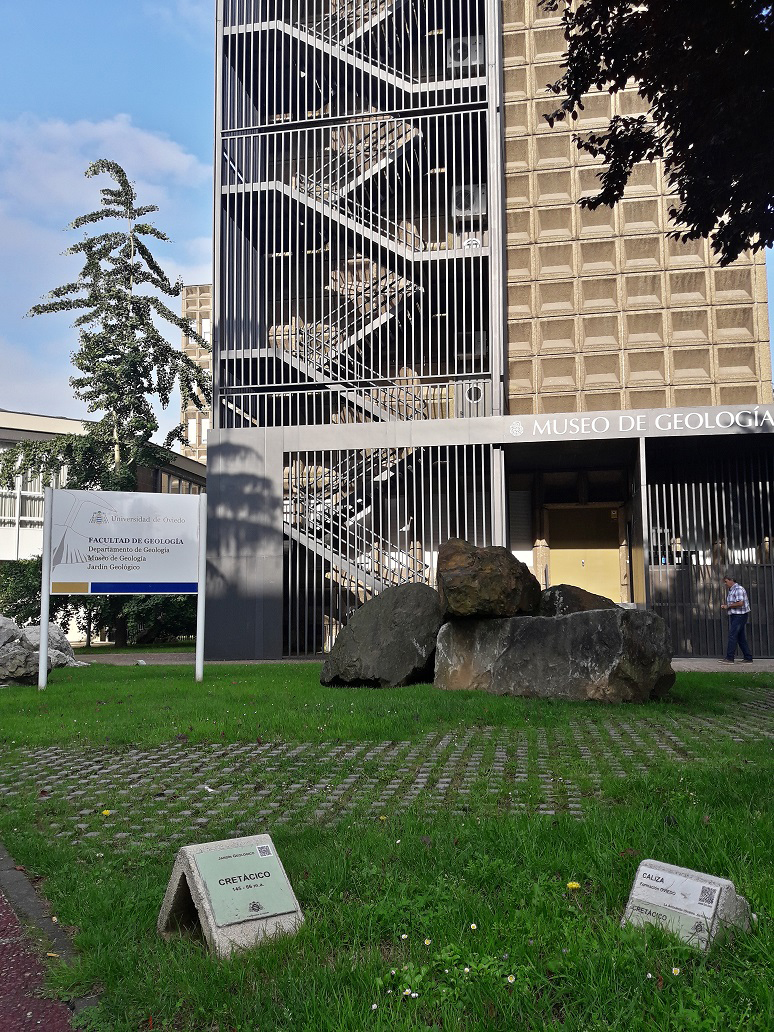
From the Auditorium to the Congress Palace
Close to the Geology Museum, although in opposite directions, there are two very busy buildings of interest. As you exit the Museum, look for Fresno Square on the right – if you are travelling with children, there is a playground here – and, on one of the corners, you will see the Príncipe Felipe Auditorium.
Built over the old water tanks designed by Perez de la Sala, some of whose elements are still visible inside; the Auditorium has an intense musical programme, in particular, four internationally renowned cycles of classical music - great orchestras and famous conductors, piano days and chamber music.
Since it opened in 1999, the Auditorium has hosted numerous congresses with thousands of attendees until the opening of the new Exhibition and Congress Centre (PEC) designed by Santiago Calatrava. To reach the Conference Hall from the Geology Museum, turn left and walk straight on.
The entire walk, which will take you to the beginning of the Buenavista district, features well-groomed gardens. The Conference Hall, which opened in 2011, is part of a greater complex consisting of a car park, hotel, shopping centre and offices belonging to the Principality, and is an example of the famous architectural style of its author: white, large and with spectacular organic shapes.

